Home>Garden Essentials>What Are Some Good Ideas For The Dramatic Play Area If We Are Studying Rythym And Music
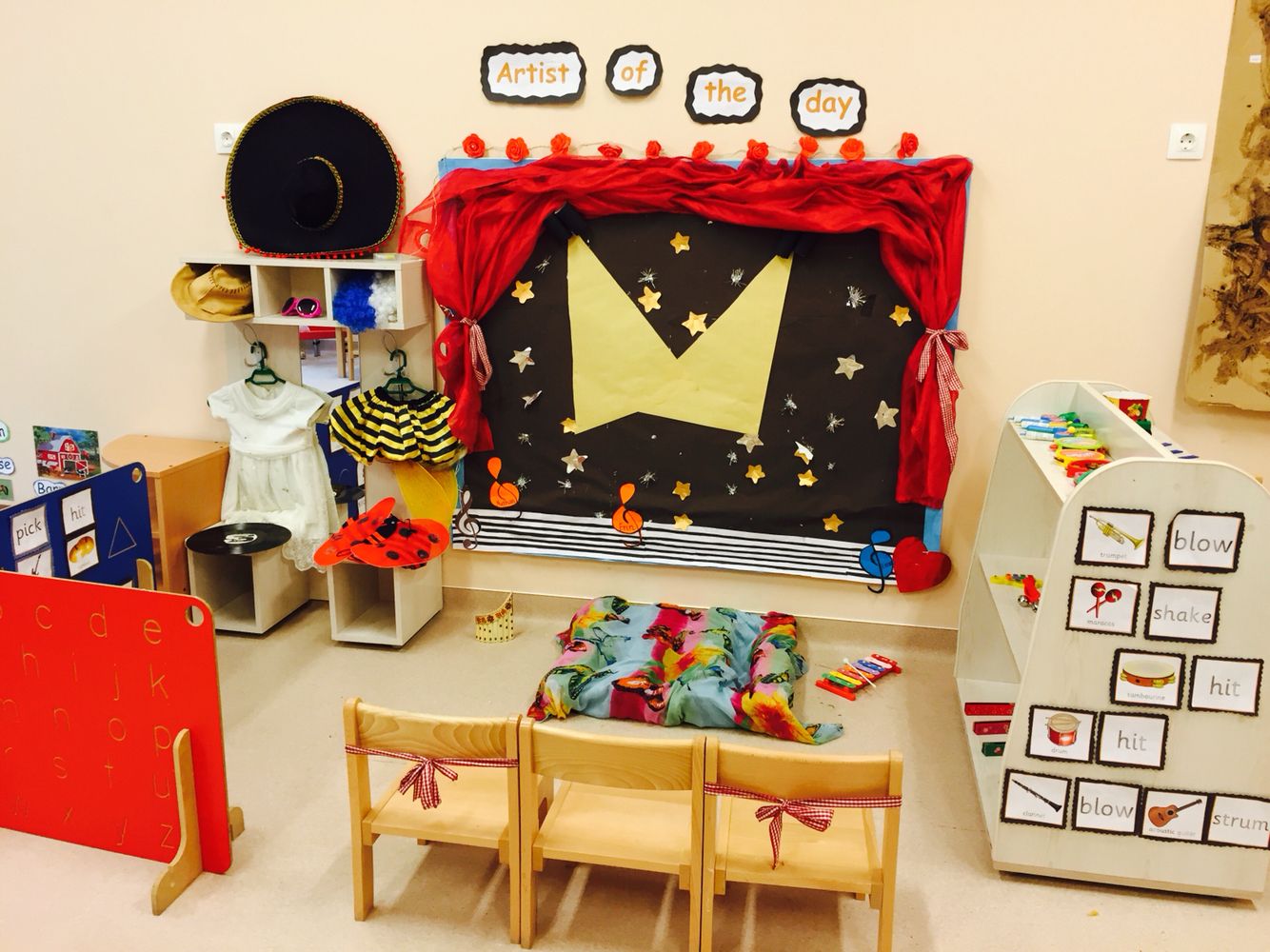

Garden Essentials
What Are Some Good Ideas For The Dramatic Play Area If We Are Studying Rythym And Music
Modified: October 20, 2024
Looking for creative ideas to enhance your dramatic play area while exploring rhythm and music? Discover exciting garden-themed activities for a harmonious and engaging learning experience.
(Many of the links in this article redirect to a specific reviewed product. Your purchase of these products through affiliate links helps to generate commission for Storables.com, at no extra cost. Learn more)
Introduction
Welcome to the wonderful world of rhythm and music! When it comes to studying these creative elements, incorporating hands-on learning experiences is essential. One fantastic way to engage children and deepen their understanding of rhythm and music is through the use of a dramatic play area.
Dramatic play is a powerful learning tool that allows children to explore, experiment, and express themselves in a creative and imaginative way. By integrating rhythm and music into this play area, children can develop a deeper appreciation for these elements, enhance their problem-solving skills, and foster their social and emotional development.
In this article, we will explore some exciting and engaging ideas to incorporate rhythm and music into the dramatic play area. These ideas will not only inspire children’s creativity but also provide them with hands-on experiences that will enhance their understanding of rhythm, music, and even performance. Let’s dive in!
Key Takeaways:
- Immerse in a world of music through imaginative play! From creating imaginary bands to exploring different musical styles, the dramatic play area enhances understanding and creativity.
- Engage in hands-on experiences with musical instruments, costumes, and storytelling. The play area fosters social skills, imagination, and a deeper love for rhythm and music.
Read more: What Should Be In The Dramatic Play Area
Importance of Dramatic Play in Studying Rhythm and Music
Dramatic play serves as a valuable tool for young children to explore and make sense of the world around them. When it comes to studying rhythm and music, integrating dramatic play allows children to engage with these concepts in a tangible and experiential way. Here are a few reasons why dramatic play is essential in studying rhythm and music:
- Active Engagement: Dramatic play encourages active engagement as children immerse themselves in the world of rhythm and music. By providing a hands-on learning environment, children have the opportunity to be active participants in their own learning, which enhances their understanding and retention of musical concepts.
- Imagination and Creativity: Dramatic play stimulates children’s imagination and allows them to express their creativity. When studying rhythm and music, children can create their own imaginary band or orchestra, compose their own songs, and explore different musical styles through role-play. This not only enhances their understanding of rhythm and music but also encourages their creative thinking skills.
- Social and Emotional Development: In a dramatic play setting, children have the opportunity to interact and collaborate with their peers. This promotes the development of important social skills such as communication, teamwork, problem-solving, and empathy. Through group musical performances or playing musical instruments together, children learn to work cooperatively and develop their emotional intelligence.
- Multi-Sensory Learning: Dramatic play provides a multi-sensory learning experience for children. When studying rhythm and music, children can explore various musical instruments, feel the beat through dancing and clapping, listen to different genres of music, and even create their own musical compositions. This multi-sensory approach enhances children’s understanding and appreciation of rhythm and music.
- Confidence and Self-expression: Engaging in dramatic play and exploring rhythm and music allows children to develop confidence in their abilities. Whether it’s performing in a pretend concert or expressing themselves through dance and movement, children gain a sense of accomplishment and self-assurance. This fosters their self-expression and nurtures their individuality.
By incorporating dramatic play into the study of rhythm and music, educators and parents can create a rich learning environment that promotes active participation, imagination, social development, multi-sensory learning, and self-expression. These benefits not only enhance children’s understanding of rhythm and music but also foster their overall growth and development.
Setting Up the Dramatic Play Area
The dramatic play area is a space where children can fully immerse themselves in the world of rhythm and music. Setting up this area in an inviting and engaging manner is crucial for creating an ideal learning environment. Here are some steps to consider when setting up the dramatic play area:
- Designated Space: Allocate a specific area in your classroom or learning environment for the dramatic play area. This space should be large enough to accommodate various musical props and allow for free movement and exploration.
- Theme and Decor: Choose a music-themed decor that sets the stage for imaginative play. Consider using colorful posters of musical instruments, musical notes, or famous musicians. Hang up musical bunting or create a backdrop that resembles a concert stage.
- Zoning: Divide the dramatic play area into different zones to cater to various aspects of rhythm and music. This can include a musical instrument station, a musician dress-up corner, a dance floor with a music listening station, an interactive music wall, a puppet theater, and a storytelling area.
- Storage and Organization: Provide storage bins or shelves to keep musical instruments, costumes, props, and other materials tidy and easily accessible. Label the storage areas to promote independence and encourage children to clean up after playtime.
- Safety Measures: Ensure that all props and materials in the dramatic play area are age-appropriate and safe for children to use. Check for any potential hazards such as sharp edges or loose parts, and make necessary adjustments to maintain a safe environment.
- Flexibility: Keep the dramatic play area flexible and open to changes. As children’s interests and learning evolve, adapt the space accordingly by adding new props, instruments, or decorations that align with their current interests.
Remember, the key to a successful dramatic play area is to create an environment that encourages imaginative play and exploration of rhythm and music. By considering the space, theme, organization, safety, and flexibility of the dramatic play area, you will provide children with a stimulating and interactive space to dive into the world of rhythm and music.
Musical Instrument Station
The musical instrument station is a fantastic addition to the dramatic play area as it allows children to explore various musical instruments and engage in hands-on learning experiences. This station not only familiarizes children with different instruments but also encourages them to experiment with sound, rhythm, and melody. Here are some ideas to create an engaging musical instrument station:
- Instrument Display: Set up a display of different musical instruments, such as drums, xylophones, tambourines, shakers, and bells, on a table or shelves. Clearly label each instrument with its name to promote literacy and vocabulary development.
- Play Area: Create a designated area where children can freely explore and play the musical instruments. Arrange the instruments in an organized and visually appealing manner, inviting children to pick them up and discover their unique sounds.
- Guided Exploration: Provide visual or written cues that suggest different ways to play the instruments. For example, place rhythm cards with symbols indicating specific beats or patterns near each instrument, encouraging children to follow the given instructions. This helps children develop a sense of rhythm and coordination.
- Instrument Making: Incorporate DIY instruments into the musical instrument station. Offer materials like recycled bottles, rubber bands, and rice or beans, allowing children to create their own unique instruments. This hands-on activity promotes creativity and fosters a deeper understanding of how sounds are produced.
- Instrument Sorting and Grouping: Introduce sorting and grouping activities by categorizing the instruments based on different attributes such as size, material, or sound (e.g., loud vs. soft). Encourage children to classify and arrange the instruments in different ways, promoting critical thinking and categorization skills.
- Imaginative Play: Encourage children to incorporate the instruments into their imaginative play. For example, they can pretend to be part of a marching band, rock band, or symphony orchestra. This allows them to explore different roles and develop their storytelling skills.
The musical instrument station offers children the opportunity to experiment, create, and express themselves through music. It cultivates their appreciation for rhythm and melody while fostering their fine motor skills, coordination, and creativity. By providing a variety of instruments and incorporating hands-on activities, the musical instrument station becomes an exciting and interactive area within the dramatic play space.
Musician Dress-Up Corner
The musician dress-up corner is a delightful addition to the dramatic play area that allows children to step into the shoes of their favorite musicians and explore different musical styles and genres. This corner not only sparks children’s imagination but also encourages role-play, empathy, and creative expression. Here are some ideas to create an engaging musician dress-up corner:
- Musical Costumes: Provide a variety of musical-themed costumes and accessories for children to dress up as different musicians. Include items such as hats, scarves, vests, gloves, and sunglasses that reflect various music genres, from classical to rock and everything in between.
- Mirror and Dressing Area: Set up a full-length mirror along with a designated area for children to try on the costumes and accessories. This enhances their self-awareness and allows them to fully immerse themselves in their musician persona.
- Role-Play Prompts: Display cards or posters with musical prompts or inspiration such as “Be a Classical Pianist” or “Rockstar Guitarist”. These prompts can help guide children’s imaginative play and encourage them to explore different musical roles and styles.
- Musician Biography Corner: Create a small reading nook or display area that features books or posters about famous musicians. This corner can inspire children to learn more about various musical artists and genres, fostering their curiosity and interest in music history.
- Performance Area: Include a small stage or designated performance area within the musician dress-up corner. This can be as simple as a carpet or elevated platform where children can showcase their musical talents and put on mini-concerts for their peers.
- Musical Props: Enhance the musician dress-up corner with musical props such as toy microphones, guitars, keyboards, or drumsticks. These props encourage children to engage in pretend performances and further immerse themselves in their musical roles.
- Music Appreciation: Introduce music playlists or CDs featuring various genres and musicians that match the costumes available in the dress-up corner. Encourage children to listen to different types of music while they dress up and engage in imaginative play, fostering their appreciation of diverse musical styles.
The musician dress-up corner not only ignites children’s creativity and self-expression but also promotes empathy and cultural appreciation. Through imaginative play and exploration of different musical roles and genres, children develop a deeper understanding and appreciation for the world of music. The dress-up corner creates a space where children can truly embody their favorite musicians and let their imagination soar.
Consider adding musical instruments such as drums, shakers, and tambourines to the dramatic play area. You can also include costumes and props for a music performance, allowing children to explore rhythm and music through imaginative play.
Dance Floor and Music Listening Station
The dance floor and music listening station is a vibrant and energetic area within the dramatic play space that encourages movement, rhythm, and appreciation of different musical genres. This station allows children to express themselves through dance, listen to music, and explore the connection between movement and rhythm. Here are some ideas to create an engaging dance floor and music listening station:
- Dance Area: Designate a specific area with enough space for children to move freely. You can use colorful mats or rugs to create a defined dance floor. Consider adding a disco ball or string lights to create a festive atmosphere.
- Music Collection: Curate a diverse collection of music, including different genres, styles, and cultures. Include music from various time periods and regions to expose children to a wide range of musical expressions. Offer a variety of CDs, MP3 players, or streaming devices for children to select their preferred music.
- Headphones and Listening Stations: Provide headphones or earbuds for children to listen to music individually. Set up listening stations with comfortable seating where children can relax, focus on the music, and explore its nuances. Encourage them to discuss their favorite songs or musical elements they notice.
- Movement Cards: Create movement cards that feature different dance styles or actions (e.g., twist, jump, sway, spin). Display these cards in the dance area to inspire children’s movements and encourage them to explore different dance styles and rhythms.
- Musical Games: Introduce musical games that involve movement, such as freeze dance or musical chairs. These games enhance children’s listening skills and promote coordination and rhythm as they respond to the changing music cues.
- Dance Props: Provide a variety of dance props like ribbons, scarves, hula hoops, or streamers. These props allow children to enhance their dance movements, experiment with different rhythms, and add an element of creativity to their dance routines.
- Interactive Music Displays: Incorporate interactive displays like touch-sensitive mats or floor pianos that produce musical sounds when stepped on or touched. These displays encourage children to explore and create unique rhythms and melodies through movement.
The dance floor and music listening station promote physical activity, self-expression, and appreciation for different types of music. Through dance and movement, children develop gross motor skills, coordination, and a sense of rhythm. Listening to diverse musical genres cultivates an understanding and respect for different cultures and musical traditions. This station creates a lively and dynamic space where children can let loose, explore their creativity, and connect with the power of music and movement.
Interactive Music Wall
An interactive music wall is a captivating and engaging feature within the dramatic play area that allows children to explore music through touch and sound. This wall serves as a hands-on learning experience that promotes creativity, fine motor skills, and an understanding of cause and effect. Here are some ideas to create an interactive music wall:
- Instrument Panels: Attach different instrument panels to the wall, such as drums, xylophones, or chimes. Each panel should be easily accessible and durable enough to withstand children’s play. Label each instrument panel with its name and encourage children to experiment with creating different sounds.
- DIY Sound Makers: Incorporate materials and objects that children can use to create sounds when interacting with the wall. For example, attach wooden spoons, plastic bottles filled with rice, or bells with strings. Encourage children to explore different techniques and create their own unique sounds.
- Magnetic Music Notes: Use magnetic strips or boards to display musical notes or symbols. Provide magnetic sticks or wands for children to move the notes around, creating their own musical compositions. This activity helps children understand the concept of musical notation and encourages their creativity.
- Rhythm Tubes: Install PVC pipes of various lengths and diameters on the wall. Children can tap or hit the tubes with mallets or their hands to create different rhythmic patterns and tones. This promotes fine motor skills, coordination, and an understanding of rhythm and beat.
- Wall Percussion: Attach different objects with contrasting textures to the wall that children can use as percussion instruments. Consider items such as wooden spoons, bottle caps, or small tambourines. This allows children to explore different sounds and textures while developing their hand-eye coordination.
- Musical Wall Art: Hang or display artwork related to music on the interactive music wall. This can include pictures of famous musicians, musical notes, or illustrations depicting different musical instruments. Encourage children to discuss the artwork and make connections between visual art and music.
- Sound Exploration Stations: Add stations near the interactive music wall that offer additional opportunities for sound exploration. This can include jars filled with different materials such as rice, beads, or sand, as well as shakers or rain sticks. Children can experiment with these materials and create sounds that complement their interaction with the wall.
The interactive music wall creates an immersive and dynamic musical experience for children. It promotes exploration, experimentation, and imaginative play while enhancing their understanding of different sounds and musical elements. Through hands-on interaction with the wall, children develop their fine motor skills, creative thinking abilities, and overall appreciation for music. The interactive music wall is a wonderful addition to the dramatic play area, inspiring children to explore the world of music in a unique and engaging way.
Music-themed Puppet Theater
A music-themed puppet theater is a delightful addition to the dramatic play area that combines the magic of storytelling and the enchantment of music. It provides children with an opportunity to express themselves, develop storytelling skills, and explore different musical narratives. Here are some ideas to create a captivating music-themed puppet theater:
- Puppet Stage: Set up a small stage area using a table or a draped fabric backdrop. This creates a designated space for puppet performances and engages children in imaginative play.
- Musical Puppets: Gather a collection of puppets that incorporate musical elements. These can include puppets that represent different instruments, musical characters, or famous musicians. Encourage children to express themselves through the puppets and create musical stories.
- Musical Props: Include musical instruments as props for the puppet theater. Offer miniature versions or toy instruments that children can use to accompany the puppet performances. This adds an interactive element and allows children to explore the relationship between music and storytelling.
- Sound Effects: Incorporate sound effects into the puppet theater by using musical instruments or recorded sounds. For example, children can use a drum to replicate a thunderstorm or a xylophone to imitate twinkling stars. This enhances the storytelling experience and encourages children to use their imaginations.
- Music-themed Scripts: Provide scripts or story prompts that revolve around music-related themes. These can involve stories about musical journeys, composing songs, or musical adventures. Encourage children to create their own scripts and explore different narratives.
- Song Sequences: Incorporate song sequences into the puppet theater performances. Choose well-known songs or create original musical pieces that align with the storyline. Encourage children to sing along with the puppets and engage in musical performances.
- Audience Interaction: Encourage audience participation by inviting children to clap, sing, or play along with the puppet performances. This creates a dynamic and engaging experience that fosters a sense of connection and involvement.
The music-themed puppet theater creates an imaginative and expressive space where children can explore the world of music through storytelling and puppetry. It promotes creativity, language development, and social interaction. Through the puppet theater, children can cultivate their love for music, enhance their storytelling abilities, and develop their confidence in expressing themselves through the magic of puppetry.
Storytelling and Music Area
The storytelling and music area within the dramatic play space combines the power of storytelling with the enchantment of music, creating a space where children can immerse themselves in narratives woven with melodic beauty. This area ignites children’s imagination, language skills, and musical appreciation. Here are some ideas to create an engaging storytelling and music area:
- Cozy Reading Nook: Designate a cozy corner with comfortable seating and soft cushions where children can sit and enjoy the magic of storytelling. Use bookshelves or baskets to display a collection of books with music-themed stories, fairy tales, or biographies of famous musicians.
- Music-themed Book Display: Arrange a small display showcasing music-related books, posters, or photographs. This visual display enhances the ambiance of the storytelling area and sparks children’s curiosity and interest in music.
- Storytelling Props: Include storytelling props such as puppets, felt characters, or props related to the stories. These props can be used to enhance the storytelling experience and engage children in interactive and imaginative play.
- Musical Instruments: Provide a variety of musical instruments that children can use to create sound effects or accompany the stories they hear. Include items like finger cymbals, rain sticks, or small percussion instruments that can be easily incorporated into the storytelling and music experience.
- Soundtrack Selection: Curate a collection of music soundtracks that match the mood and theme of the books being read. Choose instrumental music or compositions that evoke specific emotions or settings to enhance the storytelling experience and transport children into the world of the story.
- Sing-along Sessions: Incorporate sing-along sessions into the storytelling and music area. Choose songs related to the stories or musical elements being explored. Encourage children to sing along, clap, or dance, fostering their musicality and adding an interactive element to the storytelling experience.
- Story Retelling: Provide opportunities for children to retell the stories they have heard in their own words. Encourage them to incorporate music, sound effects, and gestures as they retell the narrative. This activity promotes language development, creativity, and memory.
- Story Writing: Set up a writing station where children can create their own music-themed stories or write lyrics for songs. Offer writing materials, musical prompts, and illustrations to inspire their imagination and allow them to express their ideas in a written format.
The storytelling and music area cultivates a love for both storytelling and music in children. It fosters their language development, creativity, and appreciation for the power of words and melody. By blending literature with music, children have the opportunity to explore the nuances of both art forms and develop a deeper understanding of the magical connection between stories and music.
Read more: What Outdoor Games Can We Play
Conclusion
Creating a dramatic play area that incorporates rhythm and music can greatly enhance children’s learning experiences and their overall appreciation for music. By infusing the play area with music-themed elements, children have the opportunity to explore rhythm, melody, and musical concepts in a hands-on and engaging manner. The various stations within the dramatic play area, such as the musical instrument station, musician dress-up corner, dance floor and music listening station, interactive music wall, music-themed puppet theater, and storytelling and music area, provide a rich and immersive environment for children to explore and express themselves.
Through these creative play spaces, children develop a deeper understanding of rhythm and music while fostering their creativity, social skills, language development, and cognitive abilities. The inclusion of interactive elements, such as instruments, costumes, props, and storytelling prompts, allows children to actively engage in imaginative play and experiential learning.
By providing opportunities for children to explore different musical genres, experiment with sound and movement, and engage in collaborative play, the dramatic play area becomes a center for holistic development. It encourages children to express themselves, discover their musical talents, develop problem-solving skills, and deepen their appreciation for the world of rhythm and music.
Incorporating search engine optimization (SEO) techniques throughout the article ensures that it reaches a wider audience and increases its visibility in search engine results. This allows more individuals to discover and benefit from the insights shared in the article.
In conclusion, a well-designed and thoughtfully executed dramatic play area that integrates elements of rhythm and music can create a dynamic and enriching learning environment for children. By providing them with opportunities to explore, experiment, and express their creativity, we can spark a lifelong love for music and foster their holistic development.
Frequently Asked Questions about What Are Some Good Ideas For The Dramatic Play Area If We Are Studying Rythym And Music
Was this page helpful?
At Storables.com, we guarantee accurate and reliable information. Our content, validated by Expert Board Contributors, is crafted following stringent Editorial Policies. We're committed to providing you with well-researched, expert-backed insights for all your informational needs.
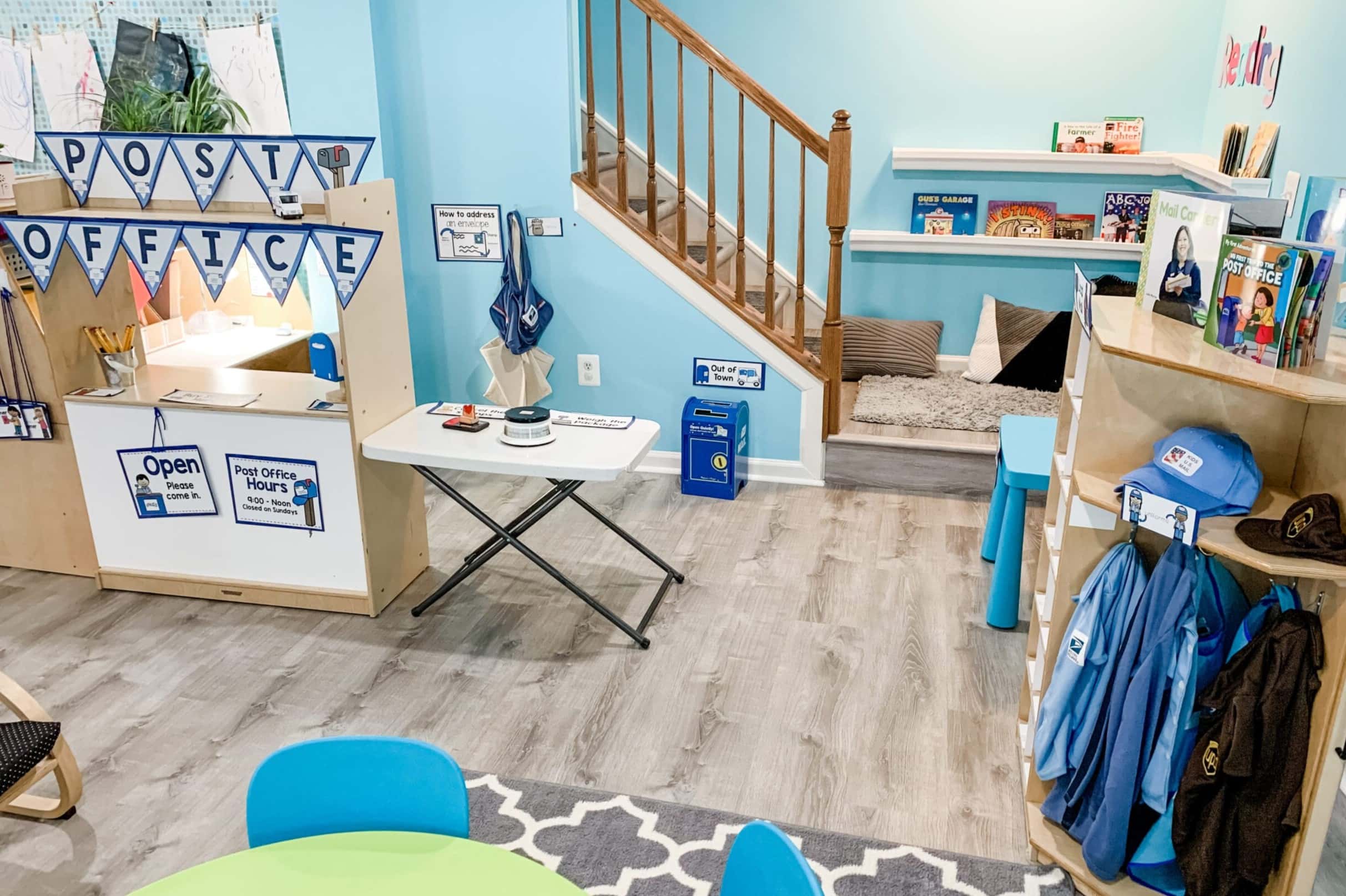
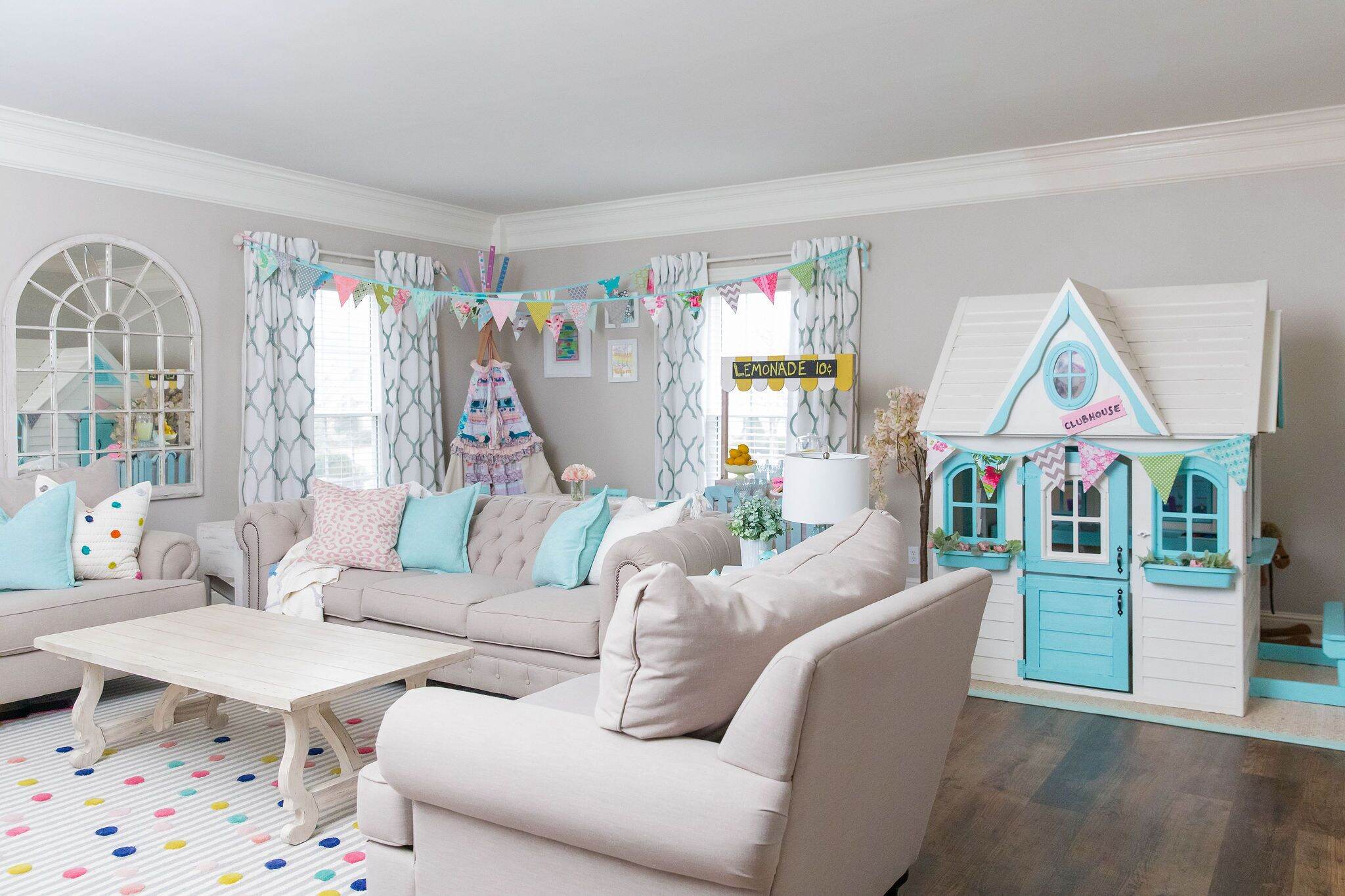
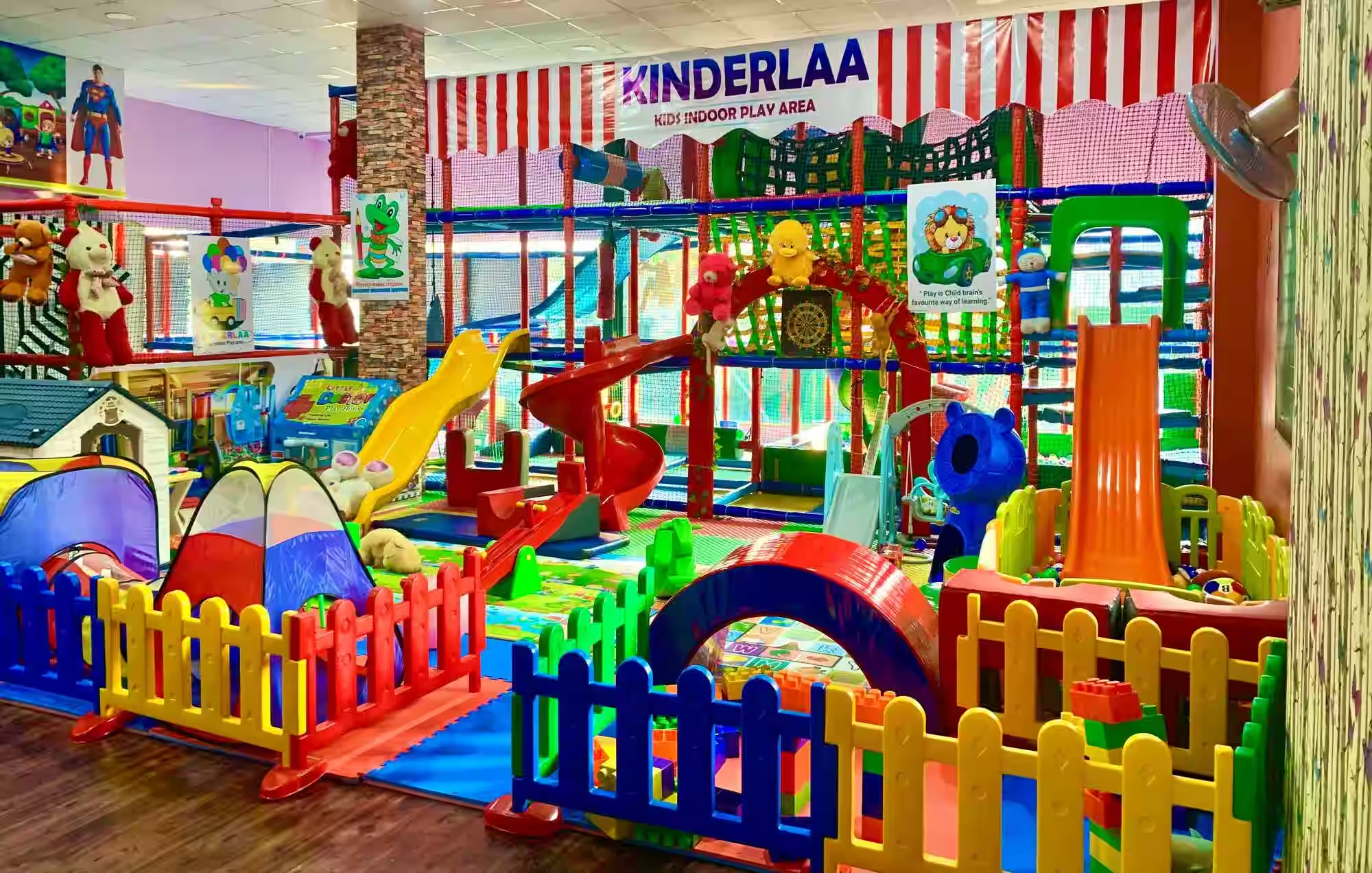
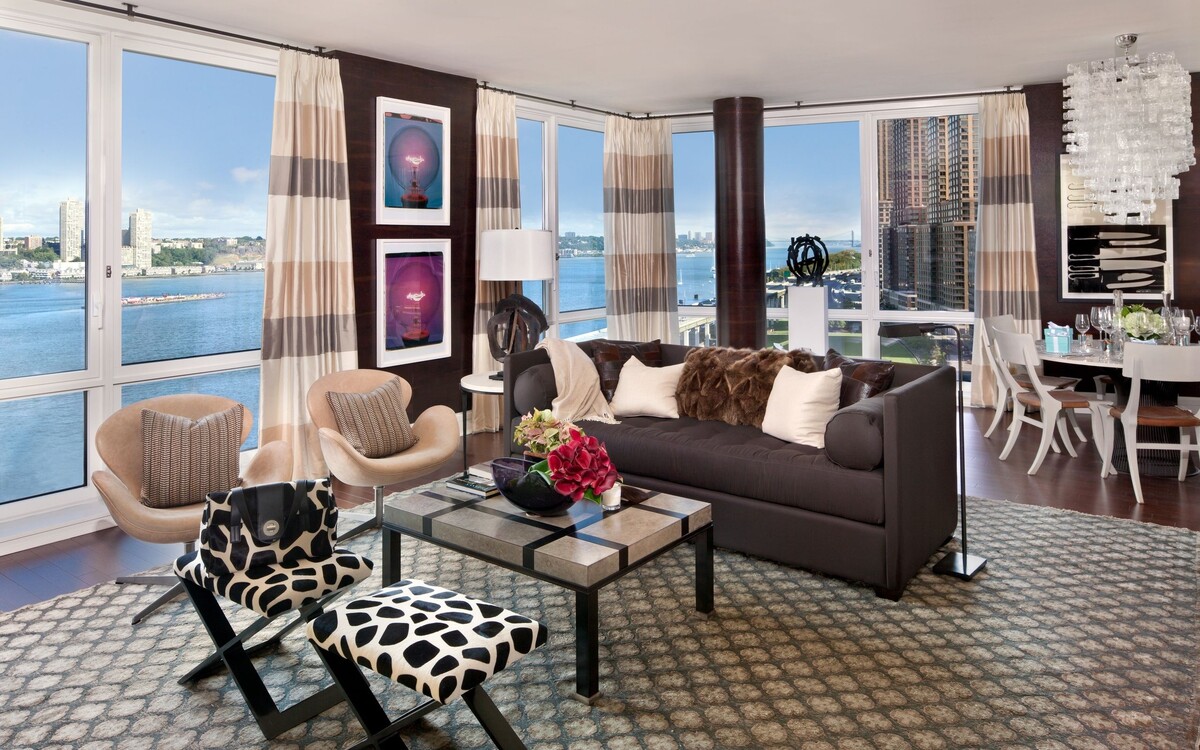
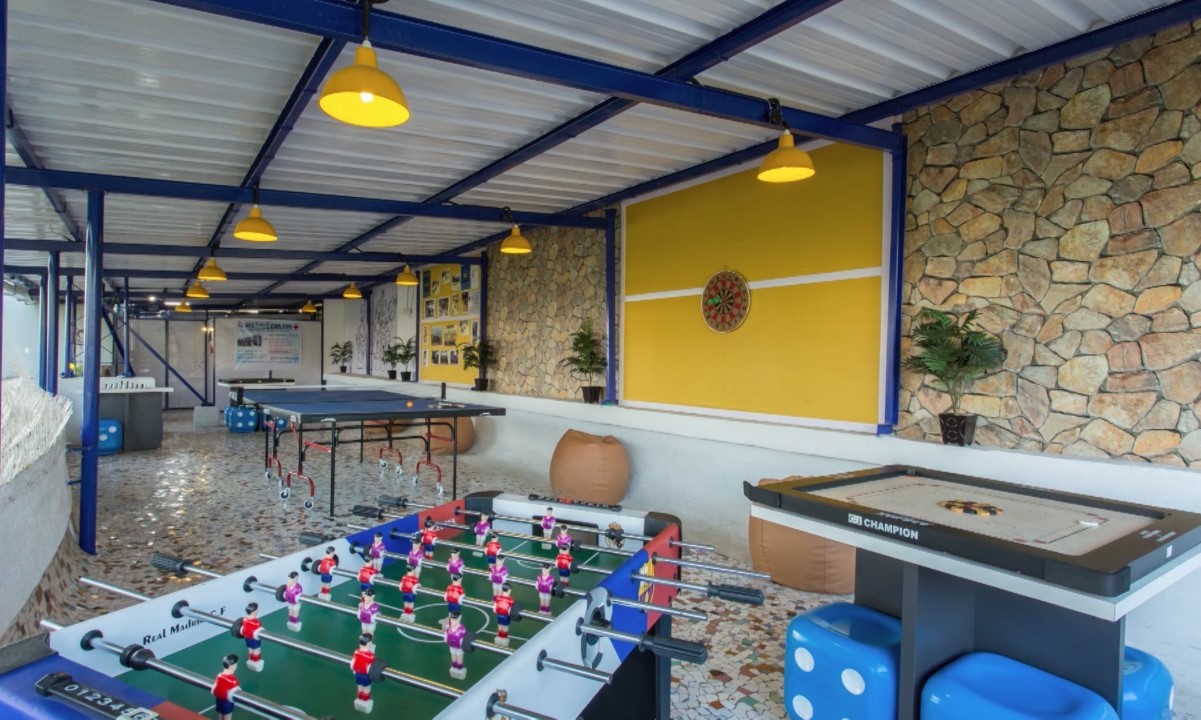
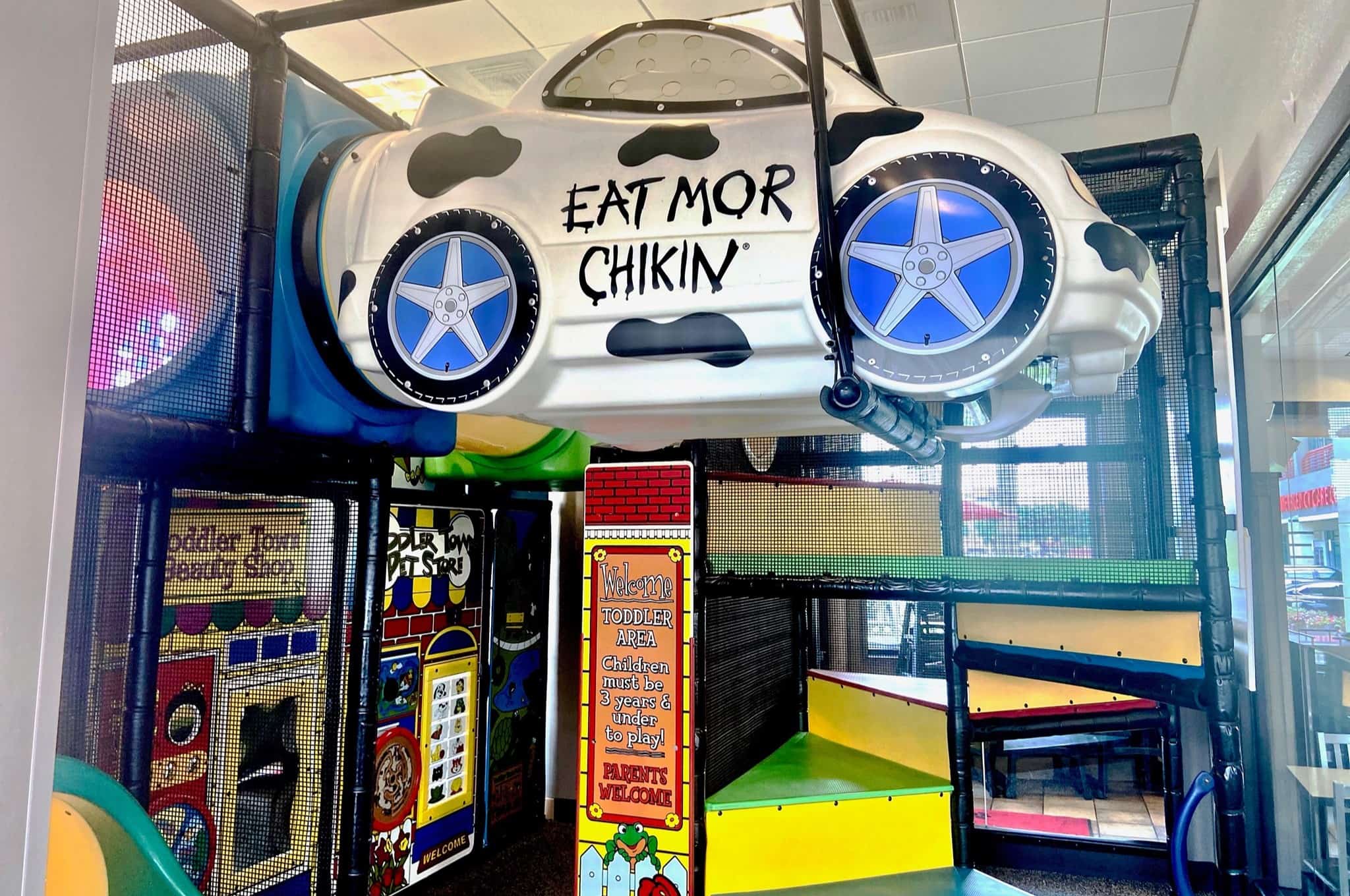
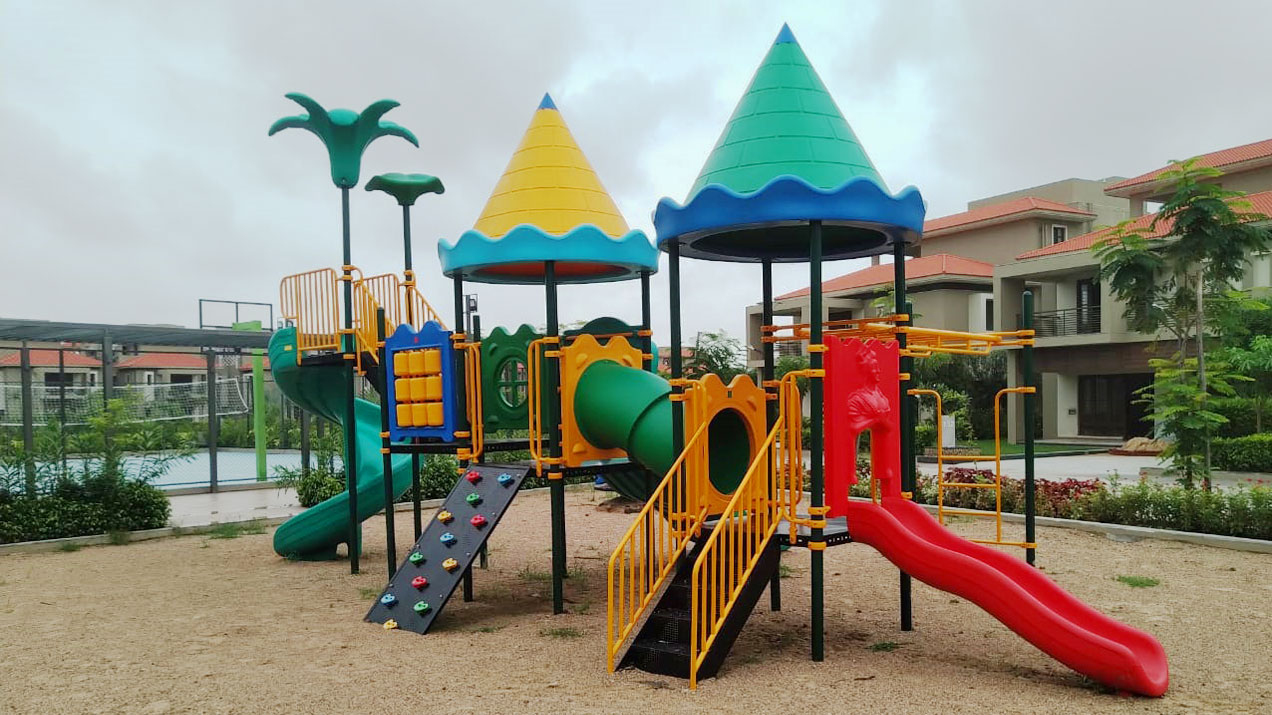

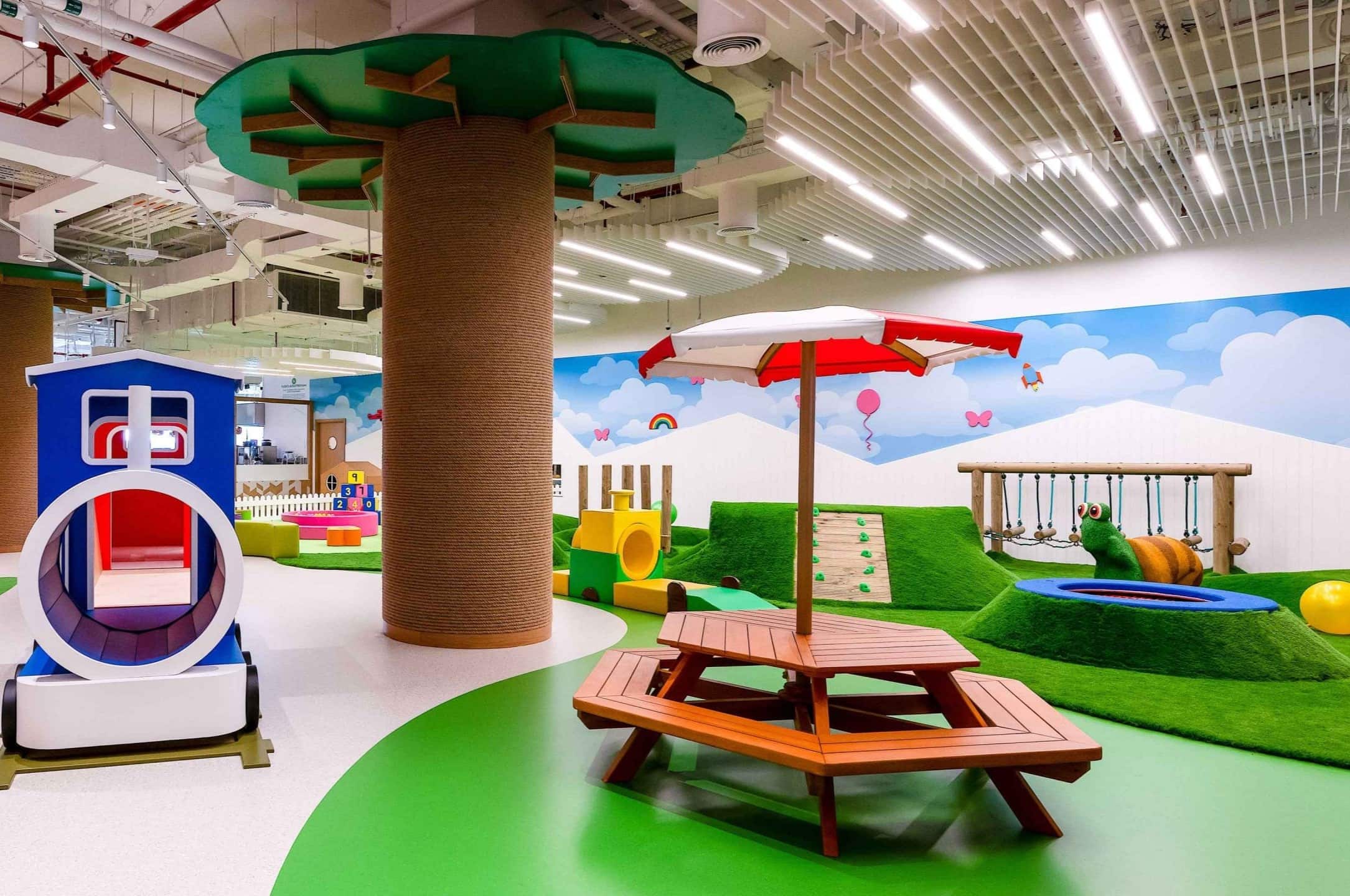
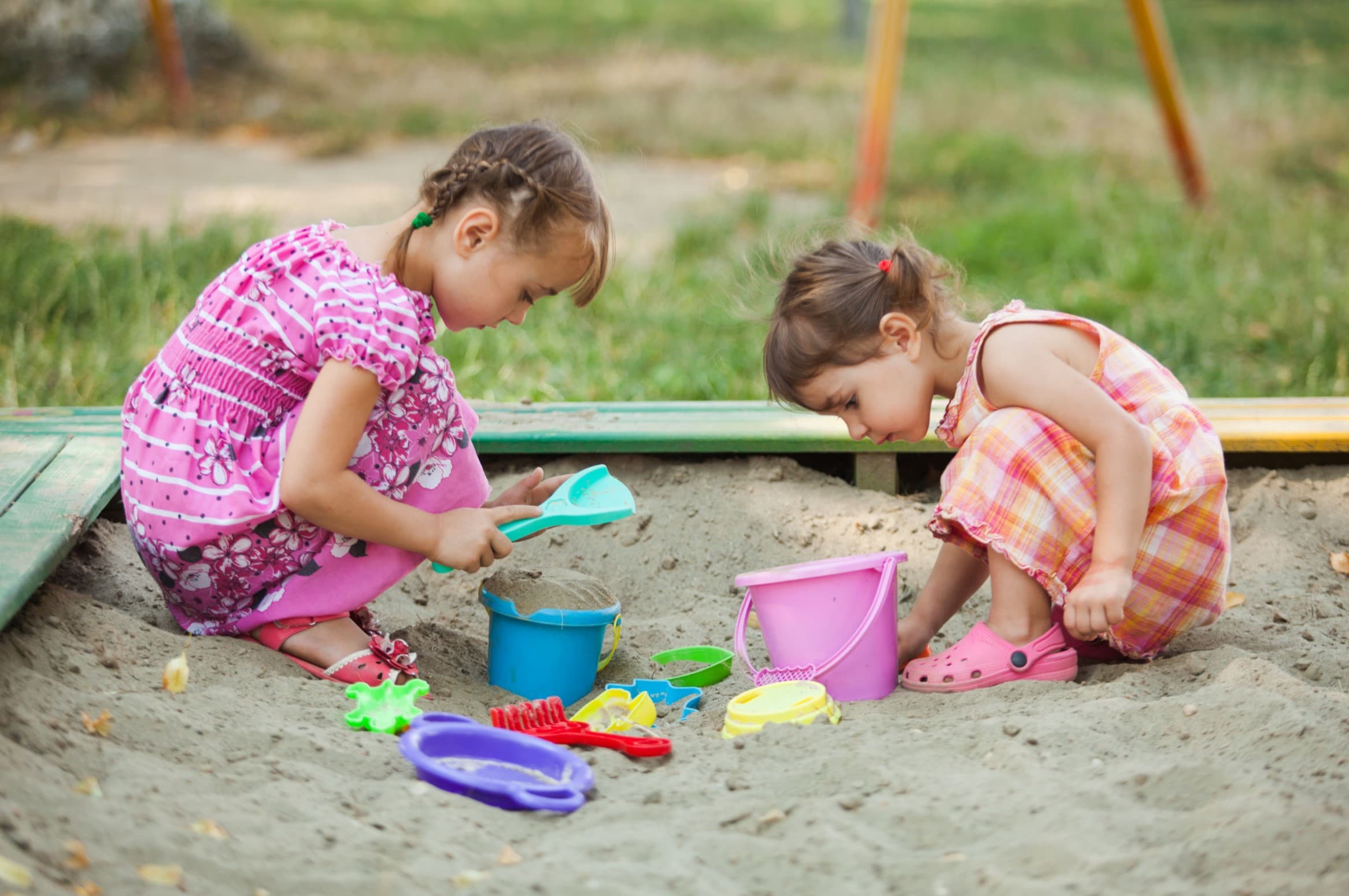
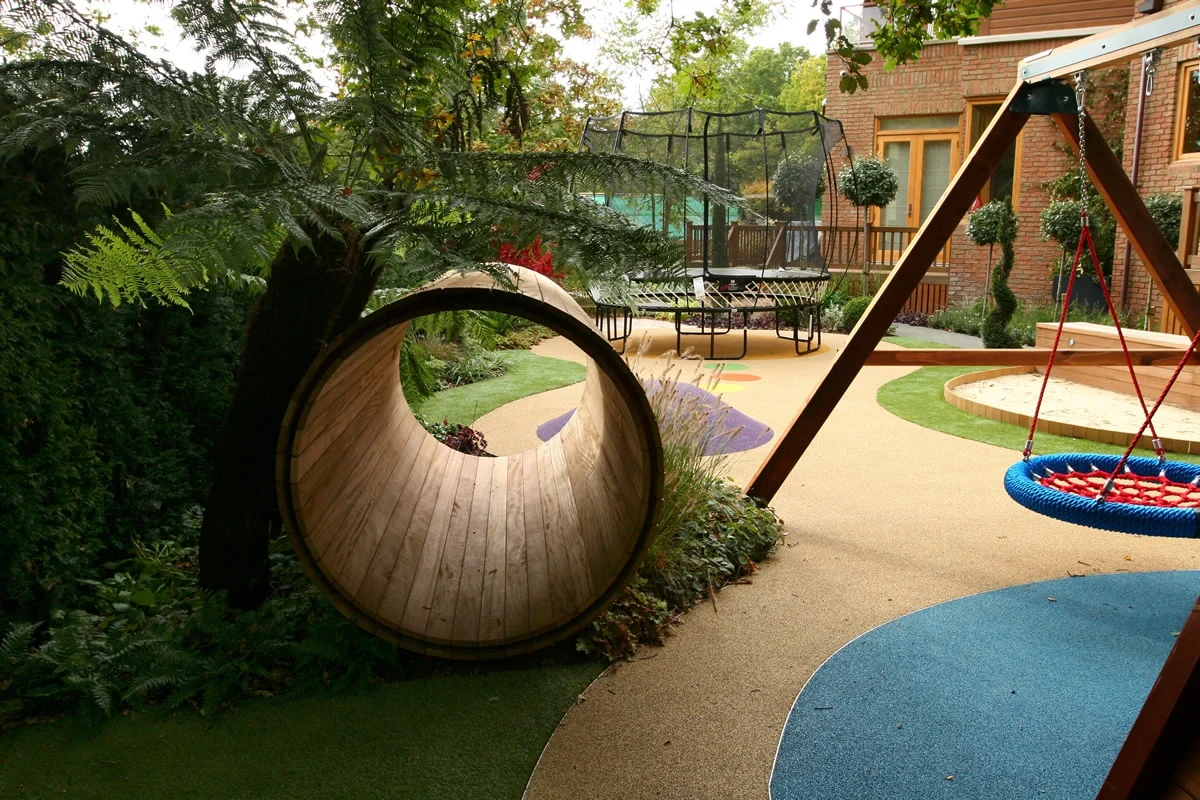

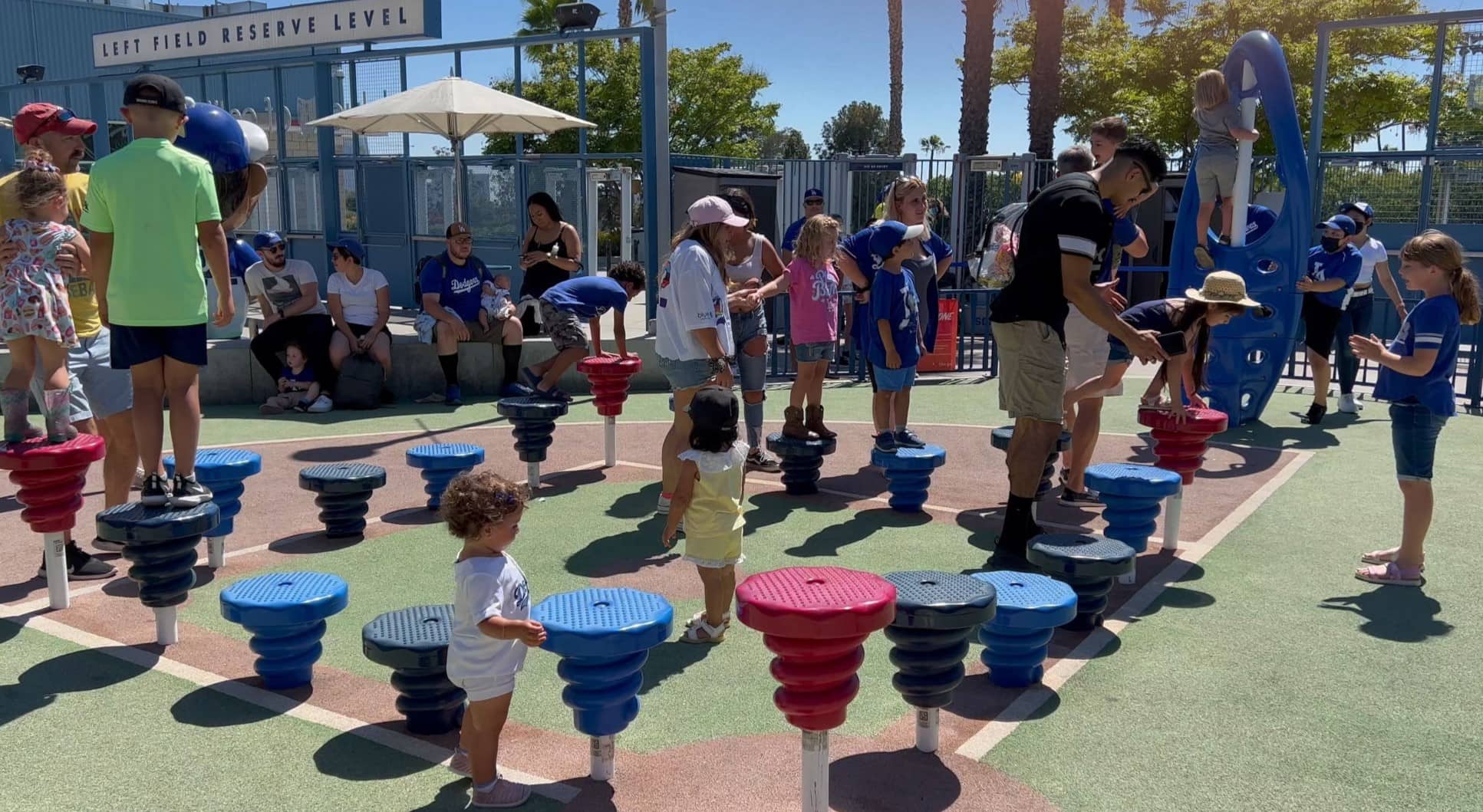

0 thoughts on “What Are Some Good Ideas For The Dramatic Play Area If We Are Studying Rythym And Music”